Introduction to the Madu River Boat Safari
The Madu River Boat Safari offers a tranquil escape into one of Sri Lanka’s most enchanting wetland ecosystems. Gliding along the gentle waters, we find ourselves surrounded by lush mangroves, fascinating wildlife, and centuries-old traditions. The river’s calm surface reflects the shifting sky, while the air carries the scent of cinnamon and the sound of distant bird calls. This journey isn’t just a ride; it is a window into the heart of rural Sri Lanka, where nature and culture intertwine in unforgettable ways.
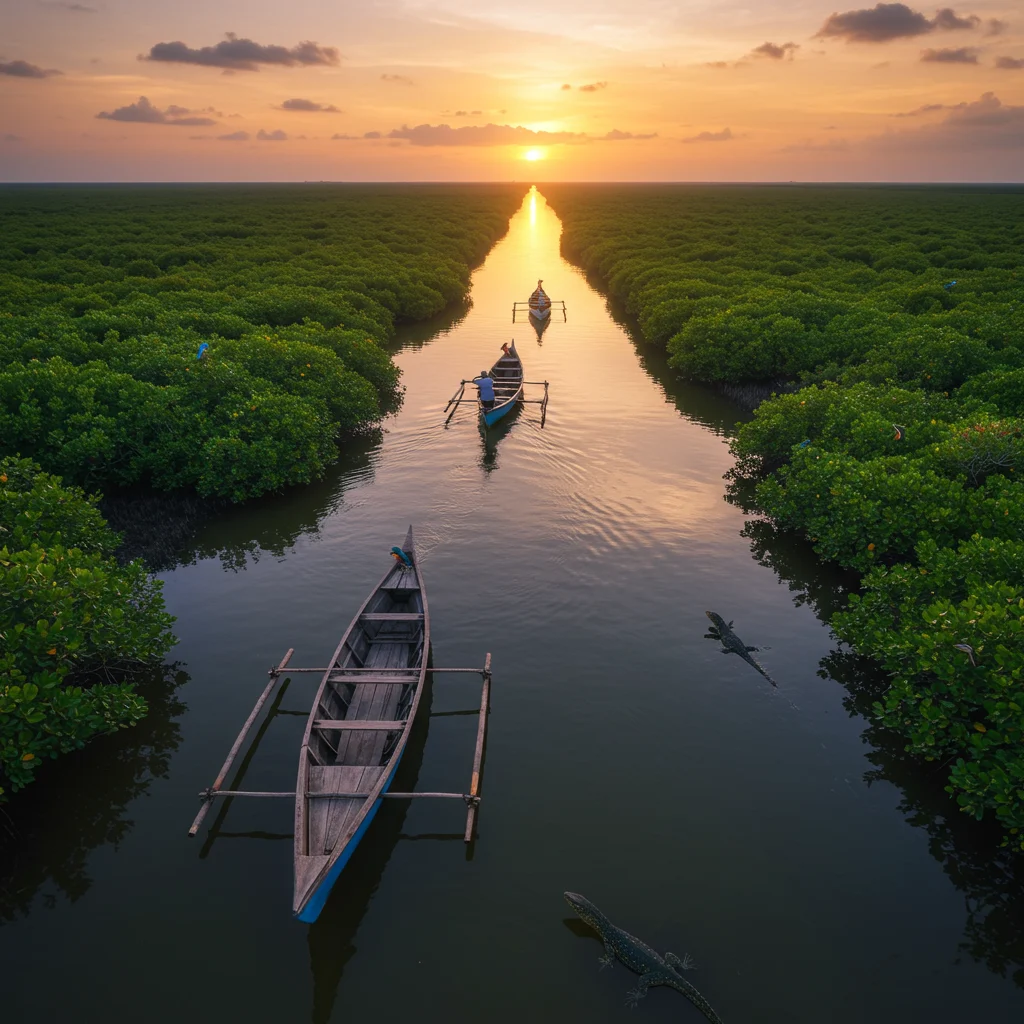
Why Is the Madu River Called Sri Lanka’s Secret?
Many travelers overlook the Madu River in favor of Sri Lanka’s more famous attractions, yet those who visit quickly understand why it is considered a hidden treasure. The river’s quiet beauty, rich biodiversity, and immersive experiences set it apart from the bustling tourist circuit. Here, we can witness authentic local life and unspoiled natural wonders away from the crowds.
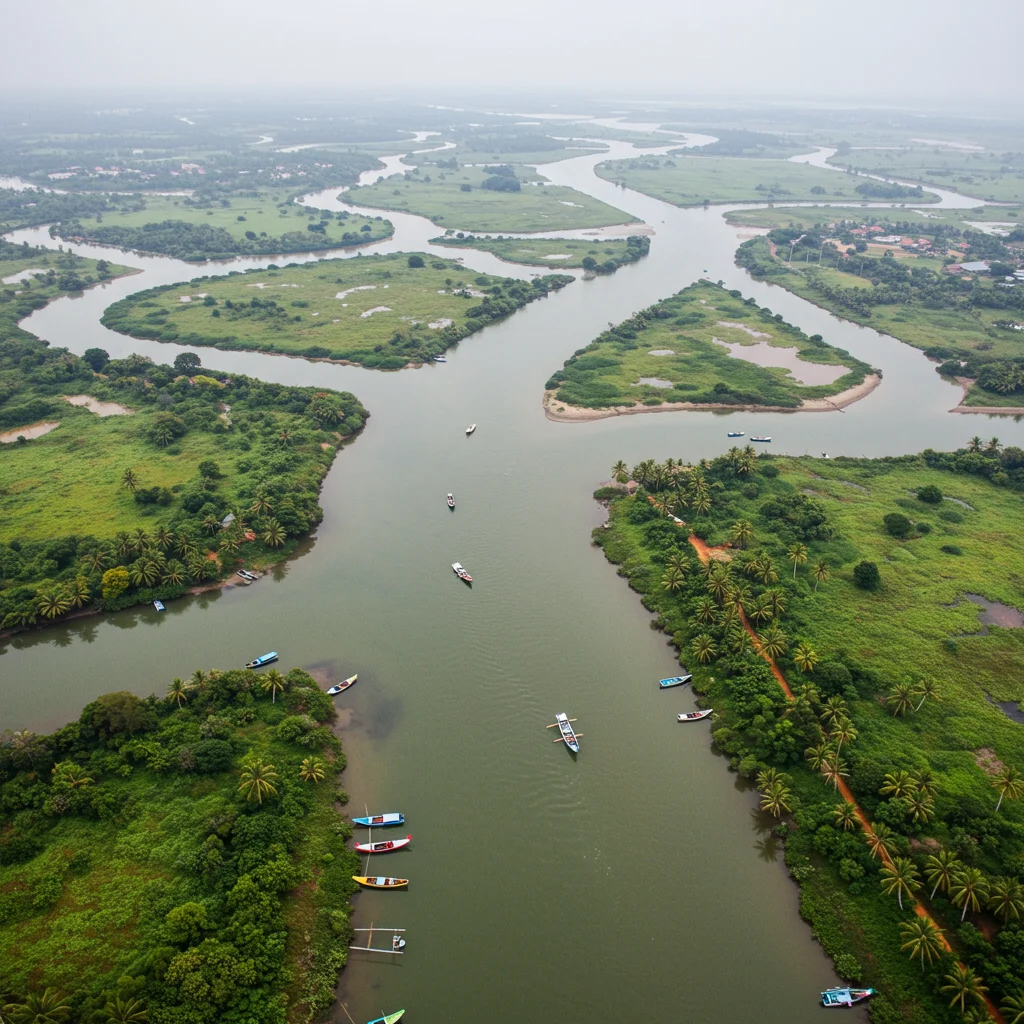
Unlike heavily promoted destinations, the Madu River’s understated charm invites a slower pace and deeper appreciation. Its serenity and abundance of life reward those who seek something beyond the ordinary.
Where Is the Madu River Located?
The Madu River meanders through the southern region of Sri Lanka, near the coastal town of Balapitiya in the Galle District. Its proximity to the coastline allows visitors to combine river excursions with seaside relaxation, making it an ideal addition to any itinerary.

Surrounded by small fishing villages and lush forests, the river’s location is both accessible and remote enough to maintain its peaceful atmosphere.
How to Get to the Madu River
Reaching the Madu River is straightforward from major Sri Lankan cities. From Colombo, we can take the Southern Expressway and arrive in Balapitiya within two hours by car or taxi. Public buses and trains also connect to nearby towns, offering budget-friendly alternatives.
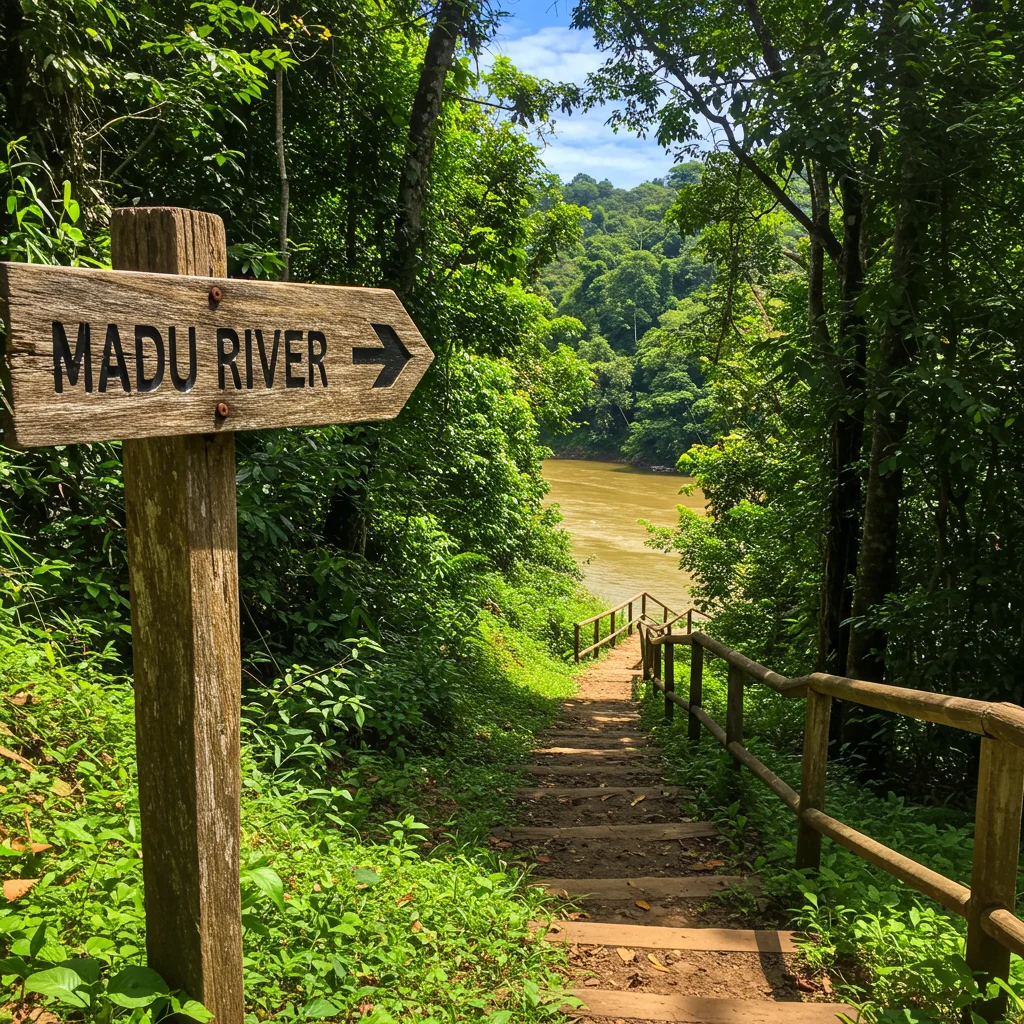
Once in Balapitiya, local guides and tour operators arrange transfers directly to the riverbanks, where the safari begins. The journey itself is a pleasant introduction to the region’s scenic landscapes.
A Brief History of the Madu River
The Madu River has been a lifeline for local communities for centuries. Historically, it served as a vital waterway for trade, fishing, and agriculture. Its islands are dotted with temples and shrines, bearing witness to the area’s spiritual significance.
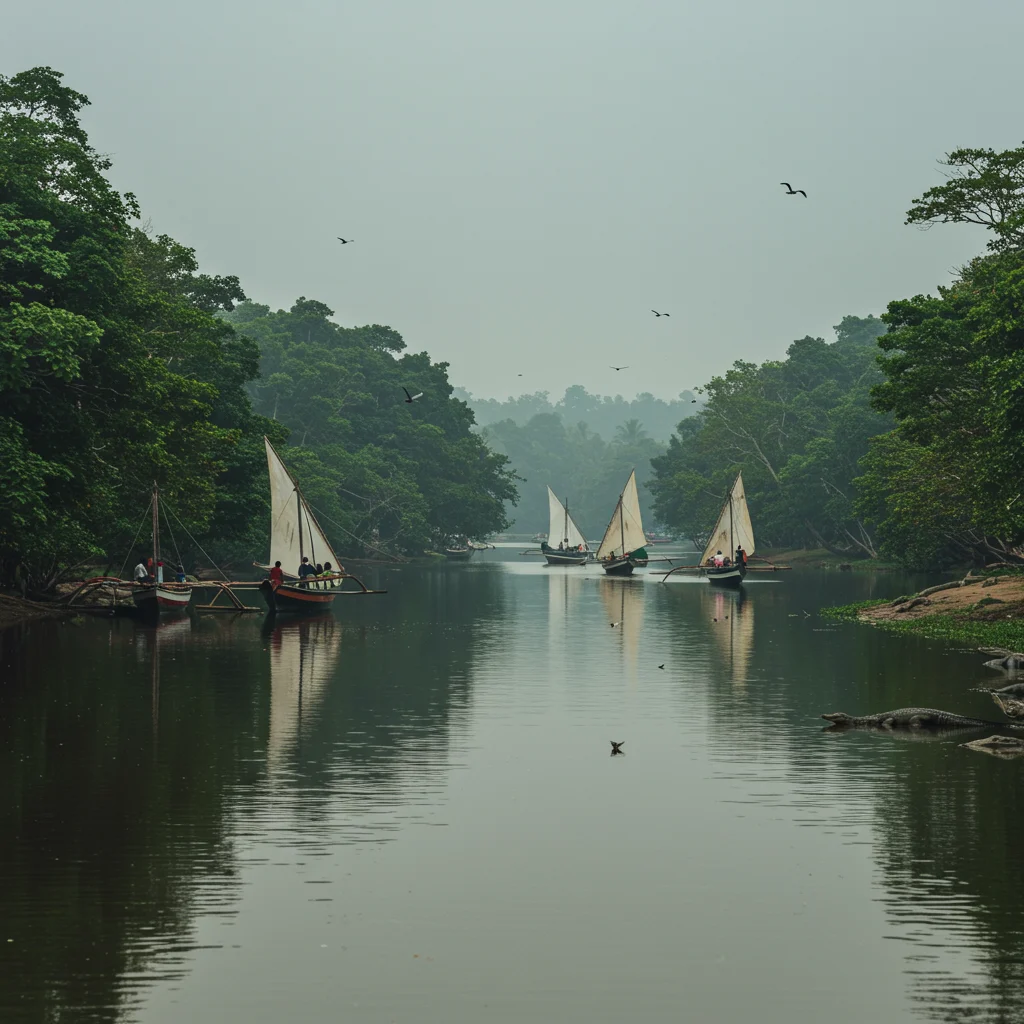
Generations have relied on the river’s bounty, passing down traditions that remain visible today. The balance between human activity and natural preservation has shaped the river’s unique identity.
What Makes the Madu River Unique?
What distinguishes the Madu River from other rivers in Sri Lanka is its remarkable blend of biodiversity, cultural heritage, and tranquil scenery. The river’s complex network of channels, islets, and mangrove forests supports a rich ecosystem rarely found elsewhere.
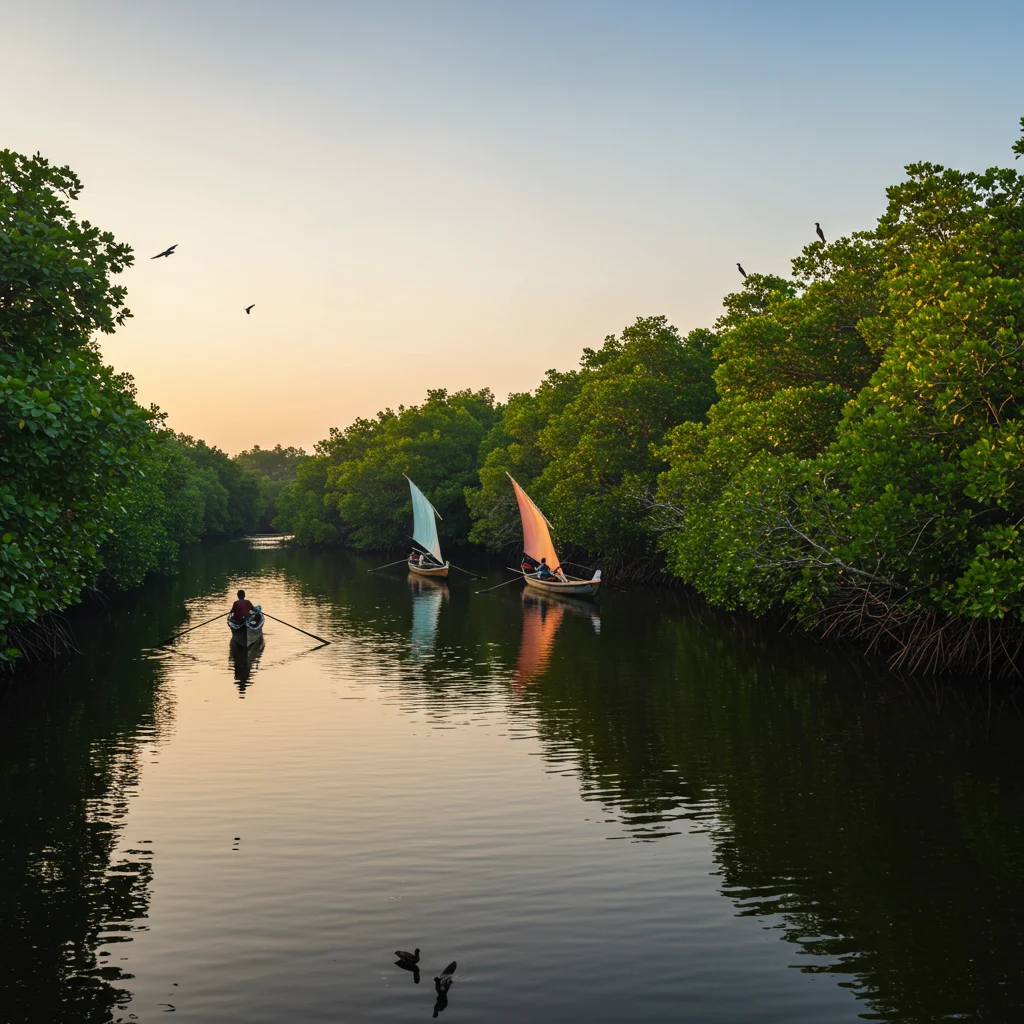
In addition to its natural beauty, the river offers immersive cultural experiences, from cinnamon cultivation to visits with local artisans. This combination creates a setting unlike any other, where every bend in the river reveals something new and authentic.
The Biodiversity of the Madu River Wetlands
The Madu River wetlands are internationally recognized for their ecological importance. This complex habitat supports hundreds of plant and animal species, many of which are endemic or threatened. The interwoven mangrove forests, open water, and islands create a mosaic of life that thrives in harmony.

Flora of the Madu River
Plant life along the Madu River is lush and varied, with both aquatic and terrestrial species flourishing side by side. The dense greenery not only provides shelter for wildlife but also stabilizes the riverbanks, preventing erosion and maintaining water quality.
Mangrove Forests: The Lungs of the Wetland
The river’s mangrove forests are essential to the health of the wetland. These tangled roots filter water, trap sediment, and offer a safe haven for juvenile fish and crustaceans. Their unique structure creates a living barrier against storms and flooding, supporting both biodiversity and the local communities.
Endemic and Rare Plant Species
Many endemic and rare plant species thrive in the Madu River wetlands. We can spot water lilies, orchids, and medicinal plants growing alongside the riverbanks. Some of these species are found nowhere else in the world, contributing to the area’s global ecological value.
Fauna of the Madu River
The fauna of the Madu River is equally impressive. From birds to fish, reptiles to mammals, the wetland teems with life at every turn. Observing these creatures in their natural habitat is one of the safari’s greatest rewards.
Birdwatching Opportunities
The Madu River is a paradise for birdwatchers. Over 110 bird species have been recorded here, including kingfishers, herons, and rare migratory birds. Early mornings are especially magical, with the calls of birds echoing across the misty water.
Aquatic Life and Fish Species
Beneath the river’s surface, a diverse array of fish species and aquatic creatures thrive. We may glimpse schools of mullet, tilapia, and catfish, as well as playful crabs and prawns darting among the mangrove roots.
Reptiles and Amphibians
The wetlands are home to a variety of reptiles and amphibians, from water monitors basking on rocks to frogs calling at dusk. Careful observation often rewards us with sightings of elusive species, adding excitement to every safari.
Mammals and Other Wildlife
While mammals are less commonly seen, we may encounter monkeys, otters, and even the occasional mongoose along the riverbanks. The delicate balance between these animals and their environment is a testament to the wetland’s vitality.
For a look at other unique wildlife experiences, such as interacting with monkeys and sloths, we recommend reading about the West Bay Beach Break and Monkey and Sloth Sanctuary.
Planning Your Madu River Boat Safari
Careful planning helps us make the most of a Madu River Boat Safari. From timing our visit to selecting the right tour, a little preparation ensures a smooth and enriching experience.
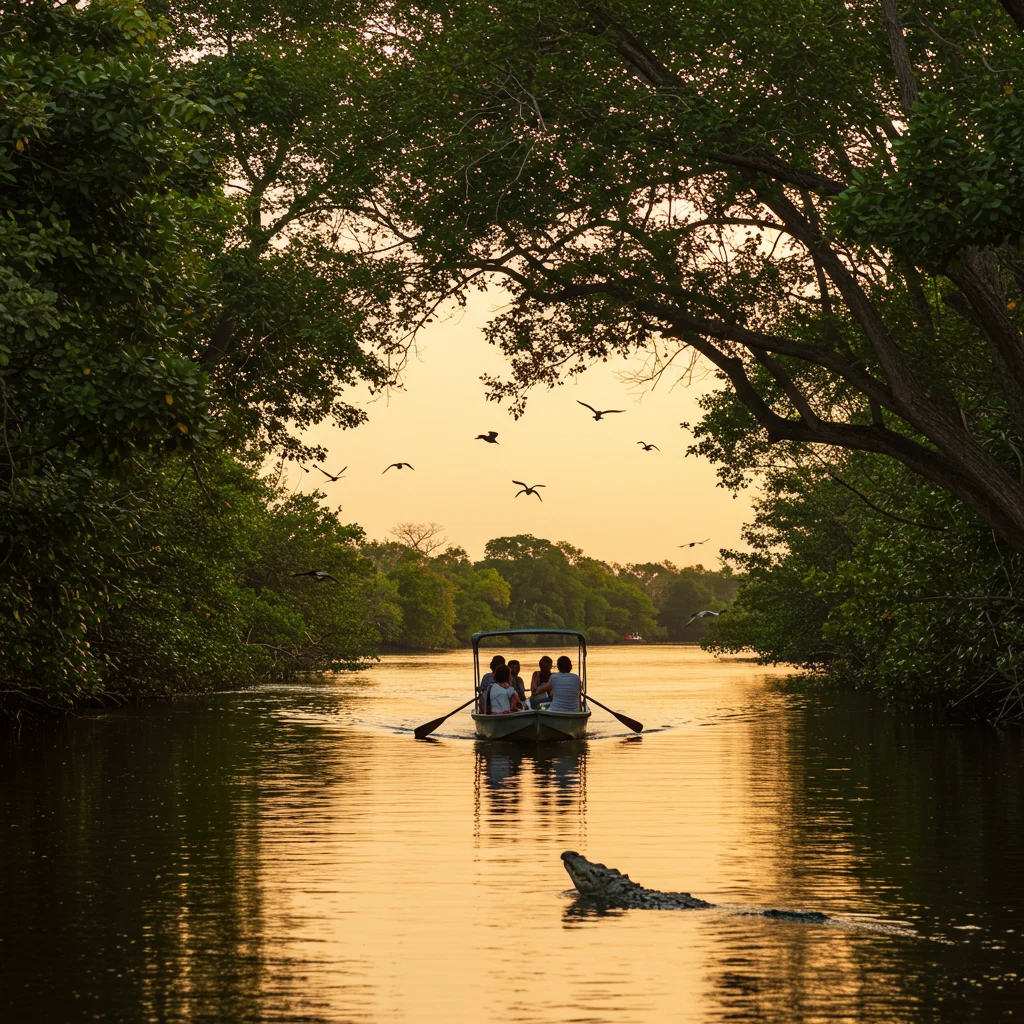
Best Time to Visit the Madu River
The best months to visit the Madu River are between November and April, when the weather is dry and the water is calm. Early mornings or late afternoons provide cooler temperatures and the best chances for wildlife sightings.
How to Book a Boat Safari
Booking a boat safari is straightforward through local operators in Balapitiya or reputable travel agencies. Many tours include hotel pickup, guides, and refreshments. It’s wise to compare options, read reviews, and confirm safety standards before making a reservation.
Types of Boat Safaris Available
We can choose from several types of safaris, including group tours, private excursions, and themed experiences such as birdwatching or photography. Some operators offer customizable routes, allowing us to focus on the attractions that interest us most.
What to Expect on a Madu River Safari
A Madu River Safari is designed to immerse us in the sights, sounds, and scents of the wetland. The gentle pace allows for unhurried observation and connection with the river’s natural beauty.
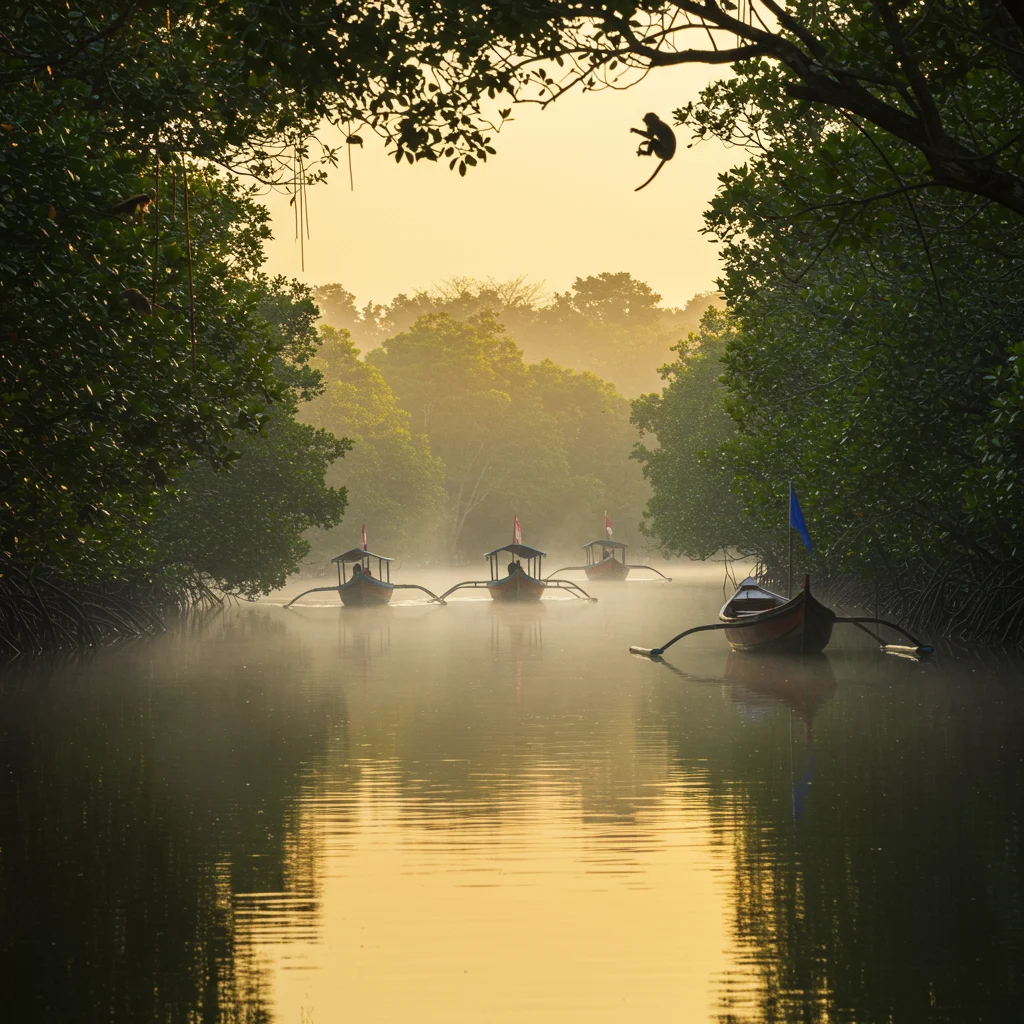
Typical Safari Itinerary
Most safaris begin with a safety briefing, followed by a leisurely cruise through mangrove tunnels and open water. Stops may include islands, temples, and local workshops, offering a blend of nature and culture throughout the journey.
Duration and Routes
Safaris typically last between 1.5 and 3 hours, depending on the chosen route and activities. Shorter tours focus on the main highlights, while longer excursions venture deeper into the wetland’s remote corners.
Boat Types and Safety Features
The boats used are usually covered motorboats with comfortable seating and life jackets for all passengers. Safety is a top priority, and reputable operators maintain their vessels to high standards, ensuring peace of mind for all guests.
Is the Madu River Boat Safari Family-Friendly?
The safari is suitable for families, including young children and seniors. The calm waters, educational opportunities, and hands-on experiences make it an excellent choice for travelers seeking a memorable outing together.
Must-See Attractions Along the Madu River
The Madu River is dotted with fascinating stops that enrich the safari experience. Each attraction offers a unique perspective on the region’s culture, history, and natural beauty.
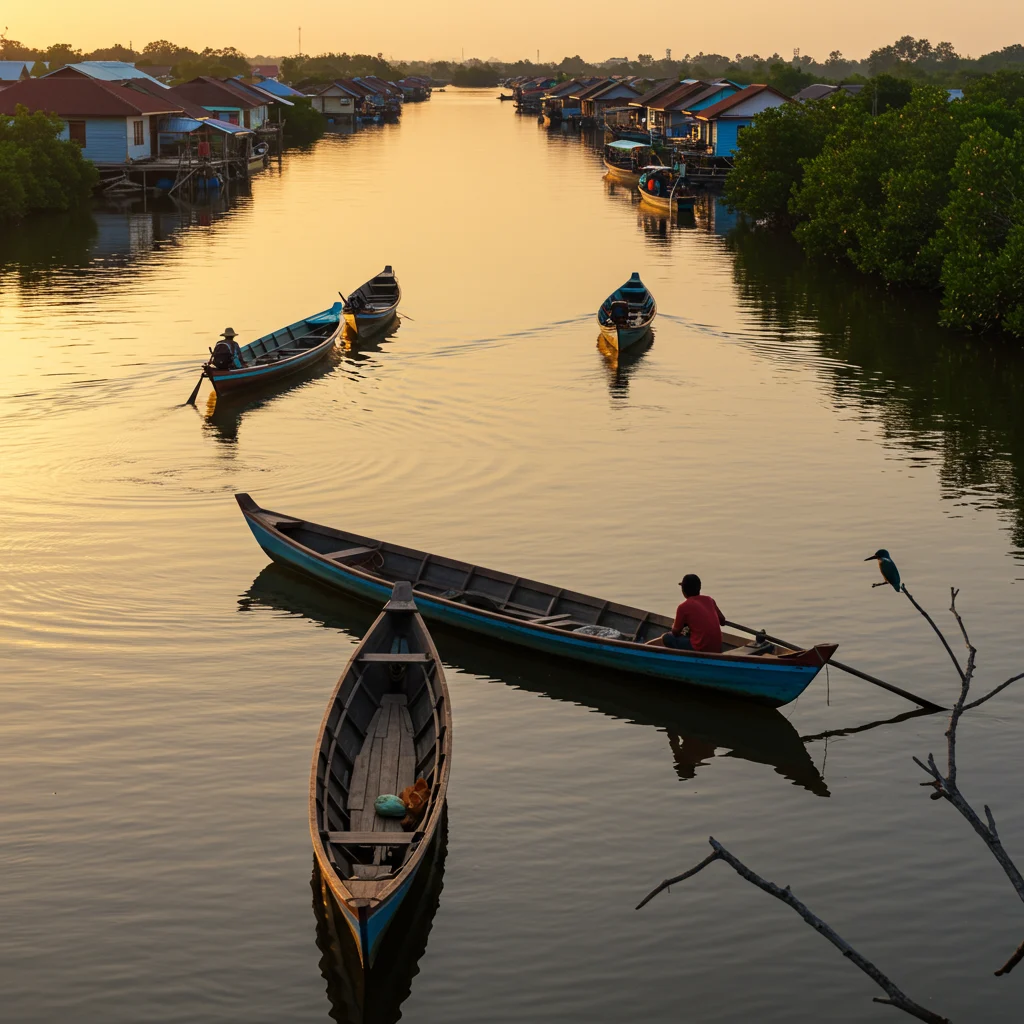
Cinnamon Island: A Fragrant Stop
One of the highlights is Cinnamon Island, where we can witness the traditional process of cultivating and preparing cinnamon. The air is filled with the warm, spicy aroma as local families demonstrate age-old techniques.
Kothduwa Temple: Spiritual Serenity
The Kothduwa Temple sits quietly on an island, surrounded by ancient trees and the sound of chanting monks. This peaceful sanctuary invites reflection and offers insight into Sri Lanka’s Buddhist heritage.
For those interested in exploring spiritual sites across Asia, our complete guide to Angkor Wat tours provides a deeper look at another iconic temple complex.
Fish Therapy Experience
Many tours include a stop for fish therapy, where tiny fish gently exfoliate our feet. This ticklish and refreshing experience is both entertaining and relaxing, popular with visitors of all ages.
Visiting the Floating Markets
The floating markets on the Madu River are a feast for the senses. Here, we can sample fresh fruits, local snacks, and handmade crafts from boats that drift quietly alongside our own.
Exploring the Many Islands of the Madu River
With more than 60 small islands, the river offers endless opportunities for exploration. Each island has its own character, from bustling villages to secluded natural sanctuaries.
What Are the Top Activities on the Madu River Safari?
The Madu River Safari goes beyond sightseeing, offering a variety of interactive and educational activities for all interests.
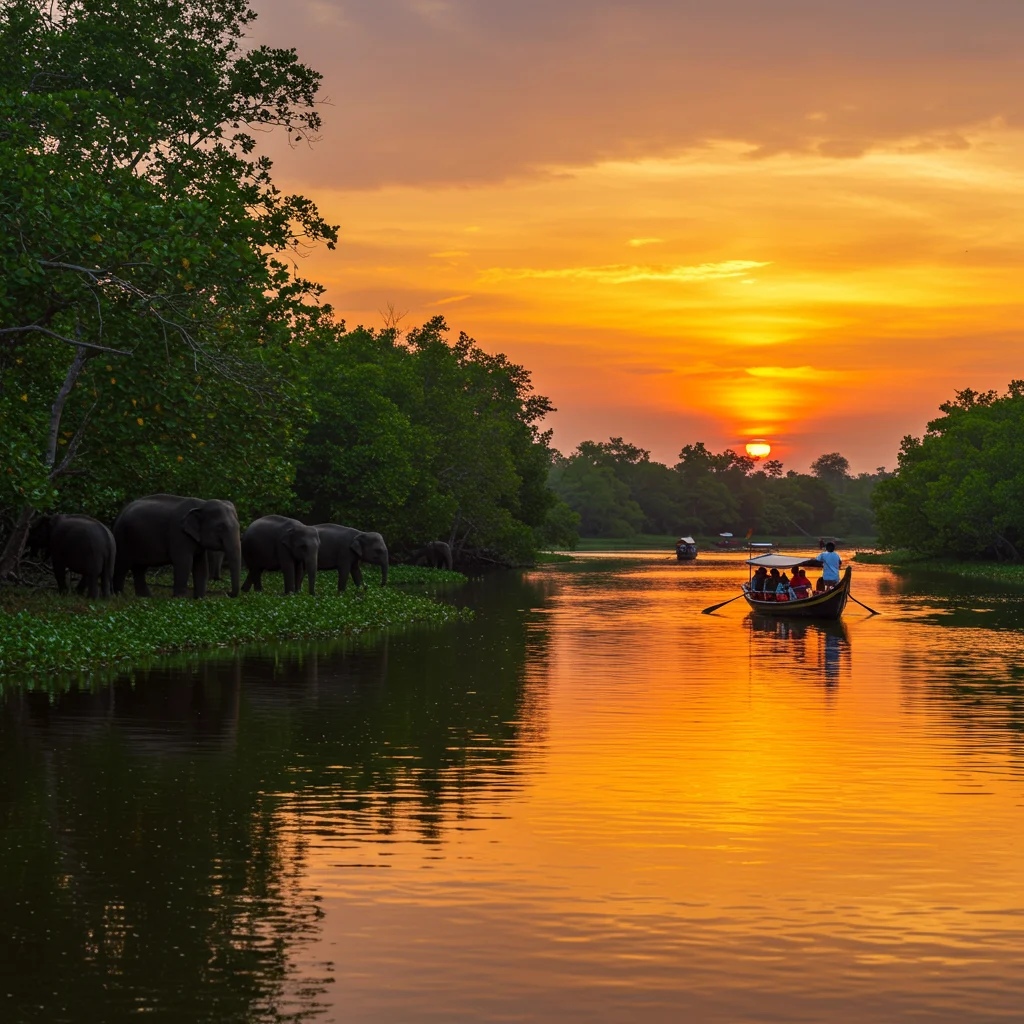
Birdwatching Tours
Specialized birdwatching tours are available for enthusiasts, guided by experts who help us spot and identify the region’s avian residents. Early morning outings are particularly rewarding, with the river alive with color and song.
Photography Tips for the Madu River
Capturing the essence of the Madu River requires patience and an eye for detail. We recommend using a zoom lens for wildlife, keeping cameras protected from water, and paying attention to lighting conditions for the best shots.
For those interested in photographing wildlife underwater, our post on the Tulum Ruins, Turtles in Akumal, and Cenote Tour shares helpful tips for aquatic photography in natural environments.
Cultural Interactions with Local Communities
Interacting with local communities is a highlight of the safari. We can visit family-run cinnamon plantations, learn about traditional fishing, and purchase handmade souvenirs directly from artisans.
Cinnamon Cultivation Demonstrations
Many tours include demonstrations of cinnamon cultivation, where we can watch the delicate process of harvesting, peeling, and drying cinnamon bark. These hands-on experiences connect us deeply with local heritage.
Eco-Tourism and Conservation Initiatives
Eco-tourism is central to the Madu River experience. Local and national initiatives work to protect this sensitive ecosystem while supporting the livelihoods of those who depend on it.
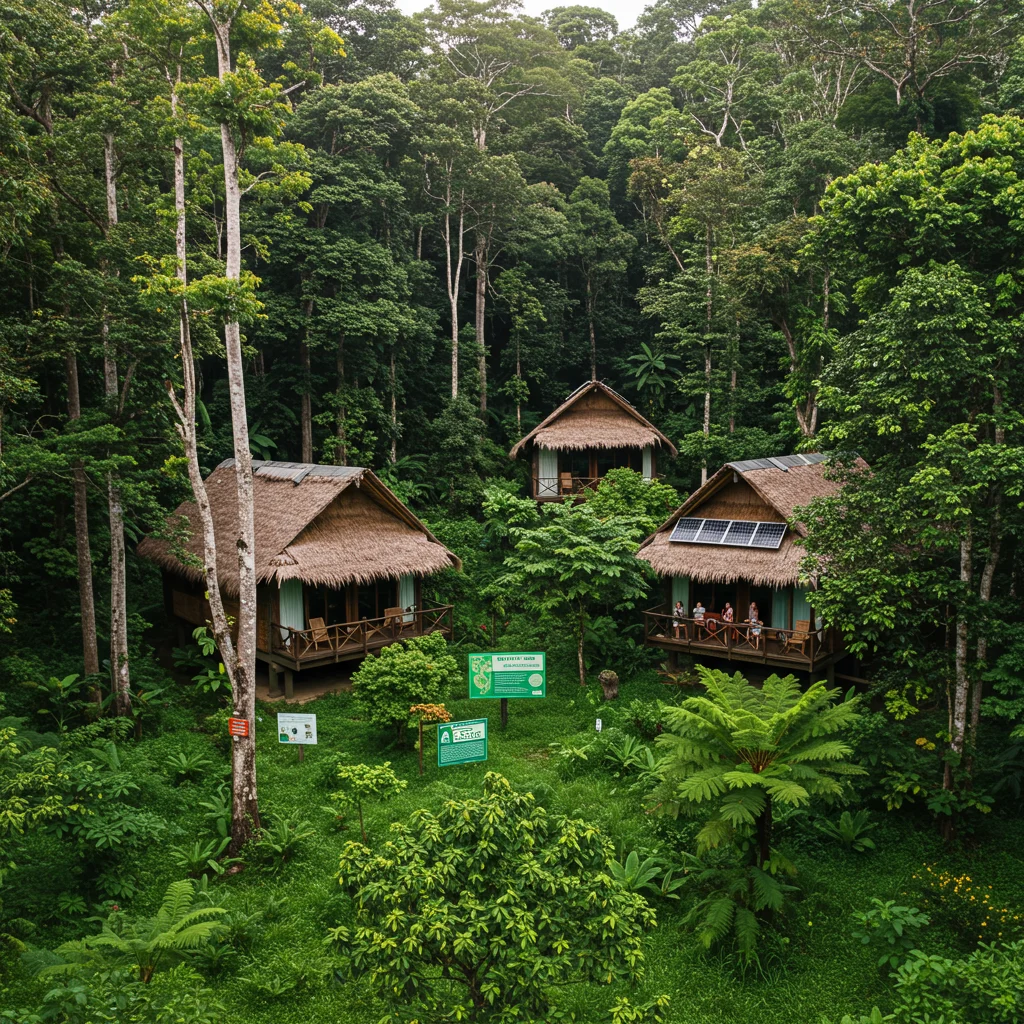
How Is the Madu River Protected?
The Madu River and its wetlands are designated as a Ramsar Wetland of International Importance. This status ensures that conservation measures are in place to safeguard water quality, habitats, and biodiversity for future generations.
Threats Facing the Madu River Ecosystem
Despite its protected status, the river faces challenges such as pollution, habitat loss, and unregulated tourism. Continued vigilance is needed to address these threats and maintain the delicate balance of the ecosystem.
Community-Based Conservation Efforts
Local communities play a vital role in conservation. Through education, sustainable fishing practices, and eco-friendly tourism, residents help preserve the wetland’s health while benefitting economically.
Responsible Tourism Tips
As responsible travelers, we can contribute by following these tips:
- Avoid single-use plastics and dispose of waste properly.
- Respect wildlife and keep a safe distance from animals.
- Support local businesses and conservation initiatives.
- Choose operators who prioritize sustainability and safety.
As experts often say:
“The greatest threat to our planet is the belief that someone else will save it.”
Local Culture and Traditions Along the Madu River
The banks of the Madu River are alive with centuries-old customs and celebrations. By engaging with these traditions, we gain a deeper appreciation for the community’s resilience and creativity.
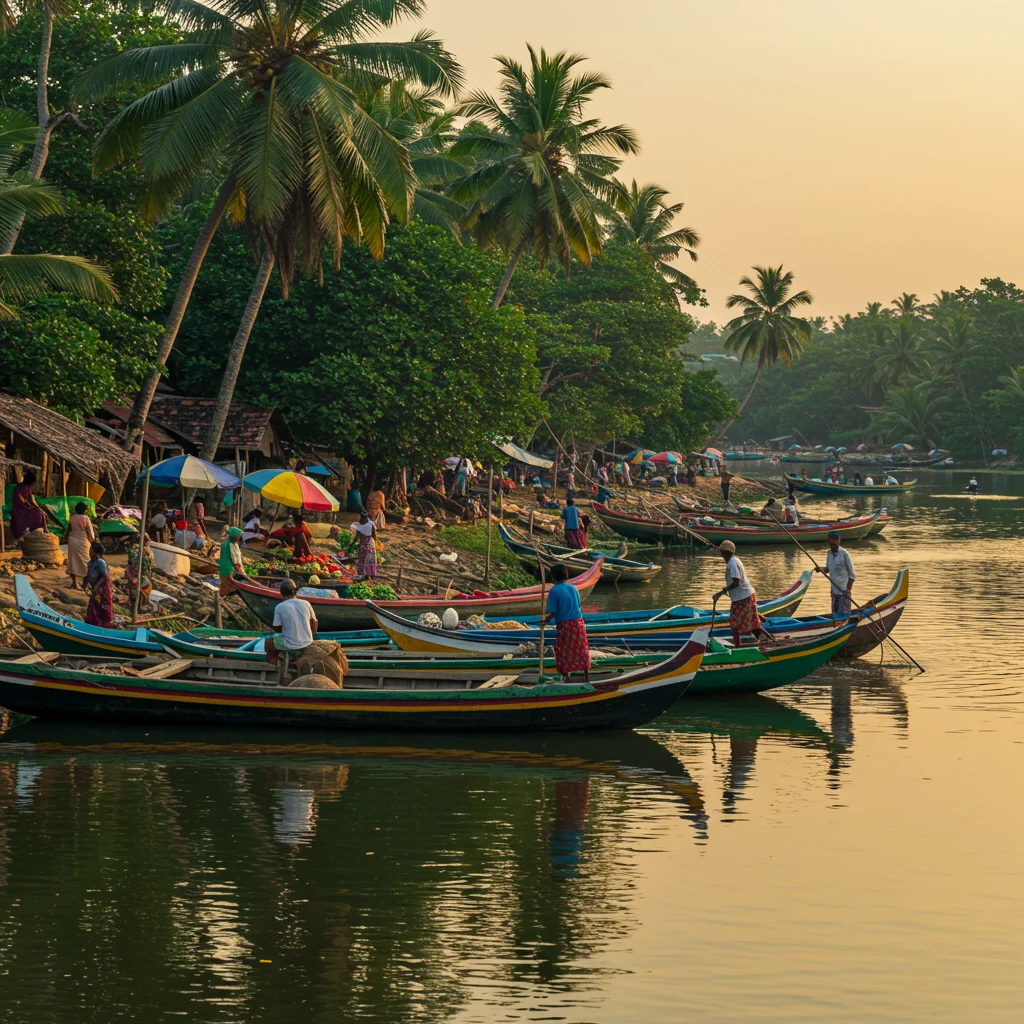
Traditional Fishing Methods
Fishermen on the river still use traditional methods such as cast nets and hand lines. These sustainable practices have been honed over generations, reflecting a deep understanding of the river’s rhythms.
Religious Sites and Festivals
The area is home to numerous religious sites and festivals, from Buddhist temples to Hindu shrines. Annual celebrations often feature processions, music, and rituals that welcome visitors with warmth and hospitality.
Local Handicrafts and Souvenirs
Handmade souvenirs, including woven baskets, wood carvings, and cinnamon products, are widely available. Purchasing these items supports local artisans and helps preserve traditional crafts.
What to Pack for Your Madu River Adventure
Preparation makes all the difference for a comfortable and enjoyable Madu River adventure. Packing the right items keeps us ready for changing weather, wildlife encounters, and all the activities the river has to offer.
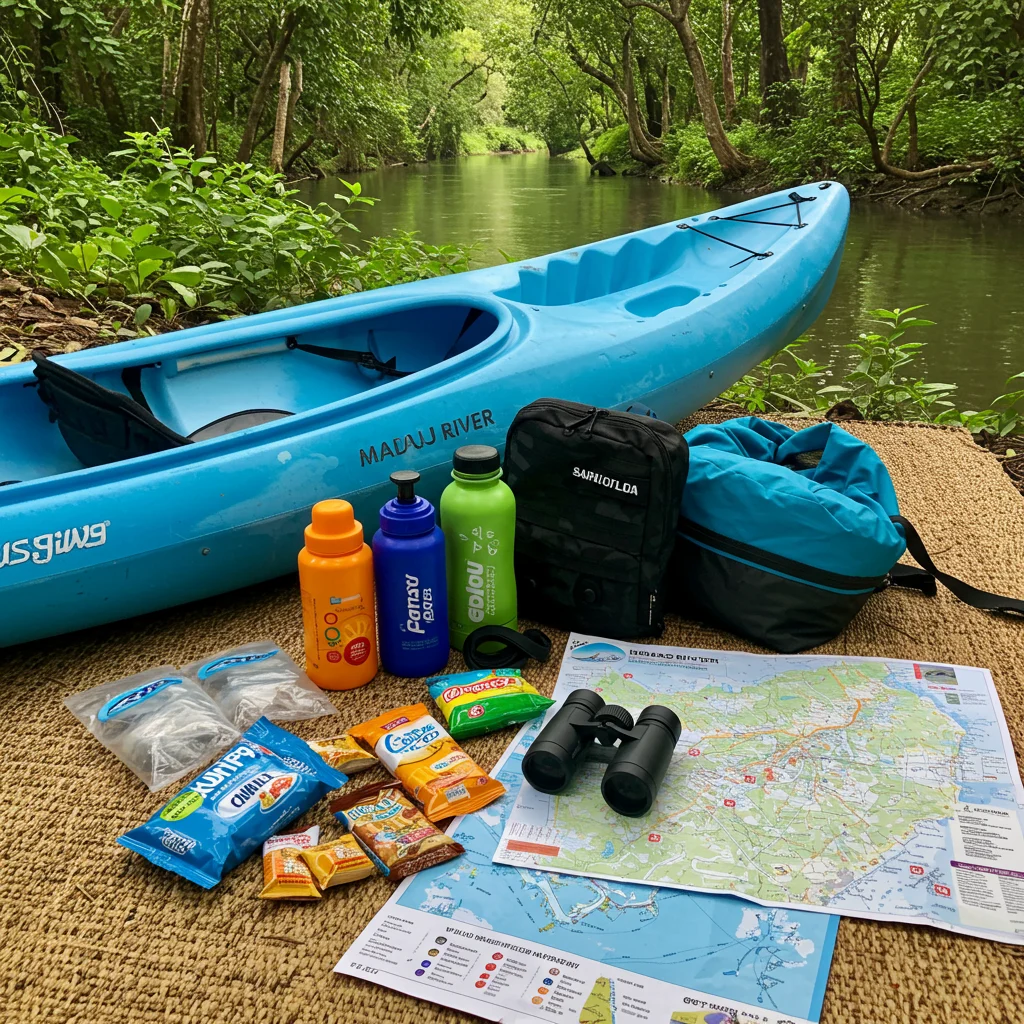
Essential Clothing and Gear
We recommend lightweight, breathable clothing, a wide-brimmed hat, and sturdy sandals or water shoes. Don’t forget sunscreen, sunglasses, and insect repellent to stay protected throughout the day.
Photography and Tech Essentials
Bring a waterproof bag for cameras and electronics, spare batteries, and a lens cloth. Binoculars are also useful for birdwatching and spotting distant wildlife.
Food and Refreshments
Some tours provide snacks and drinks, but it’s wise to bring bottled water and light refreshments, especially for longer excursions. Avoid bringing items that generate waste or attract wildlife.
Safety Tips for a Madu River Boat Safari
Safety is always a priority when exploring the Madu River. By following a few key guidelines, we can enjoy our adventure with confidence and peace of mind.
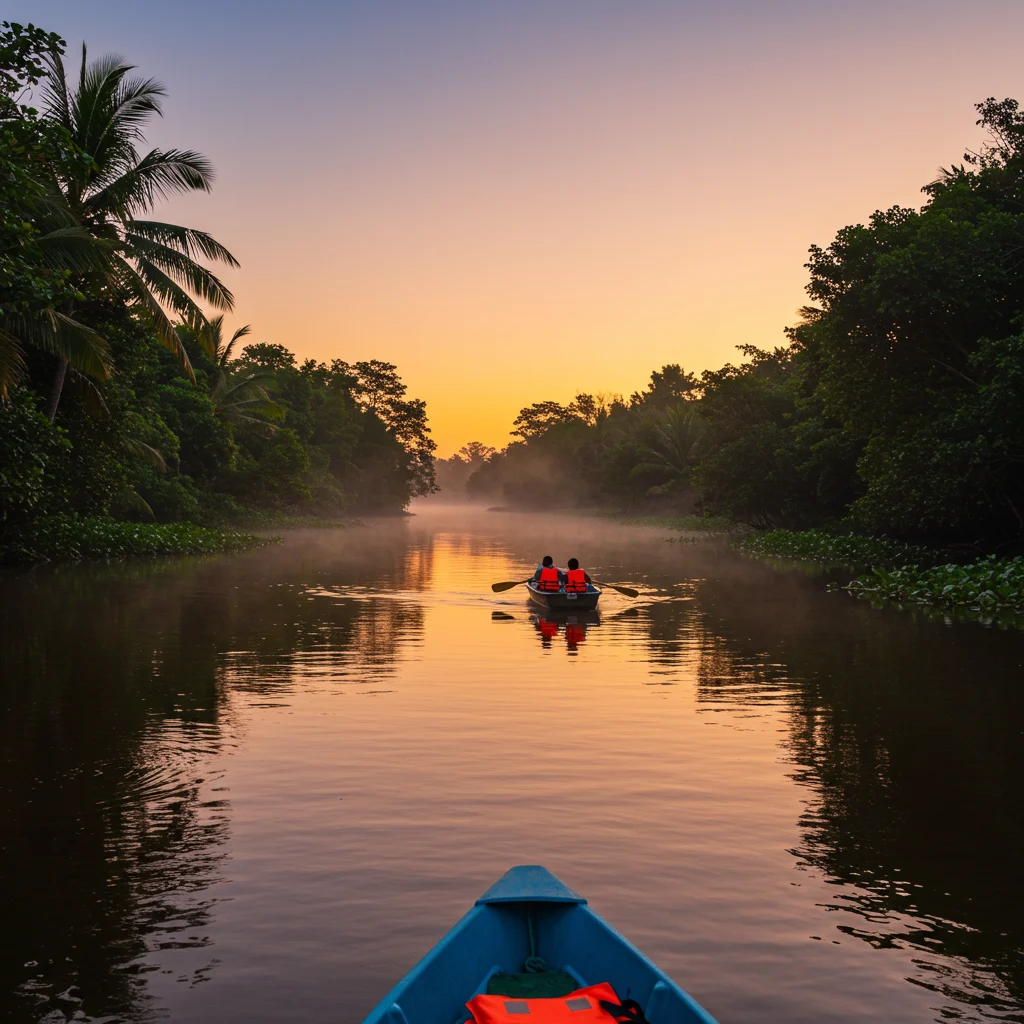
Weather Precautions
Check the weather forecast before departing, as heavy rains can cause sudden changes in river conditions. If storms are expected, consider rescheduling for a safer and more pleasant experience.
Health and Hygiene Considerations
Carry hand sanitizer, tissues, and any necessary medications. It’s important to avoid drinking untreated river water and to use insect repellent to prevent bites.
Travel Insurance and Emergency Contacts
We always recommend arranging travel insurance that covers river activities and medical emergencies. Keep a list of local emergency contacts and the nearest medical facilities handy during your visit.
Where to Stay Near the Madu River
Accommodations near the Madu River cater to a range of preferences, from luxury resorts to homestays with local families. Staying nearby allows us to experience the river’s changing moods from dawn to dusk.
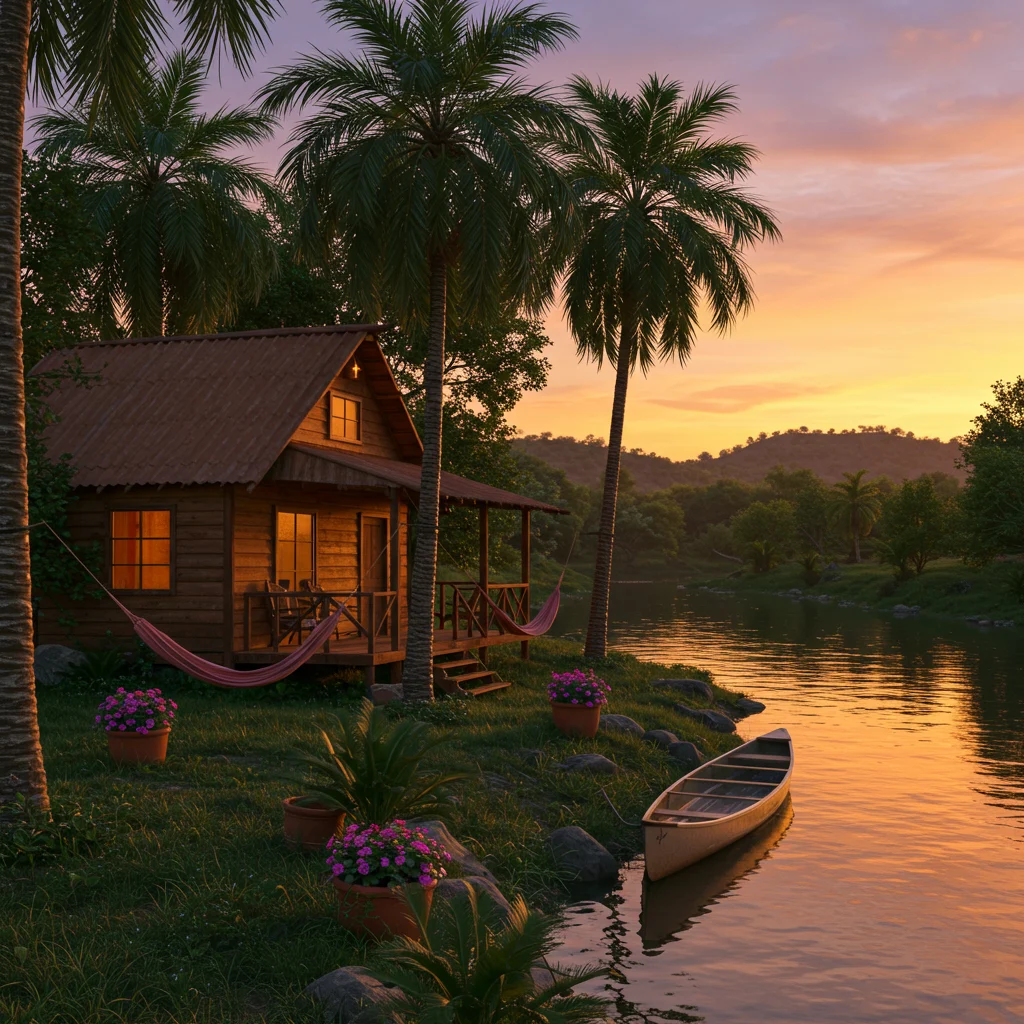
Top Hotels and Resorts
Several high-end hotels and boutique resorts offer comfort, river views, and easy access to safari departure points. Many properties feature amenities such as pools, spas, and guided tours.
Eco-Lodges and Guesthouses
Eco-conscious travelers may prefer eco-lodges and guesthouses, which emphasize sustainability and authentic local experiences. These accommodations often blend seamlessly with the natural surroundings.
Homestays with Local Families
Homestays provide a unique opportunity to connect with local families, enjoy home-cooked meals, and learn about daily life on the river. This option is ideal for those seeking genuine hospitality and cultural exchange.
Dining Options Around the Madu River
The area offers a delightful array of dining options, from riverside cafes to bustling seafood restaurants. Sampling the local cuisine is an essential part of any visit.
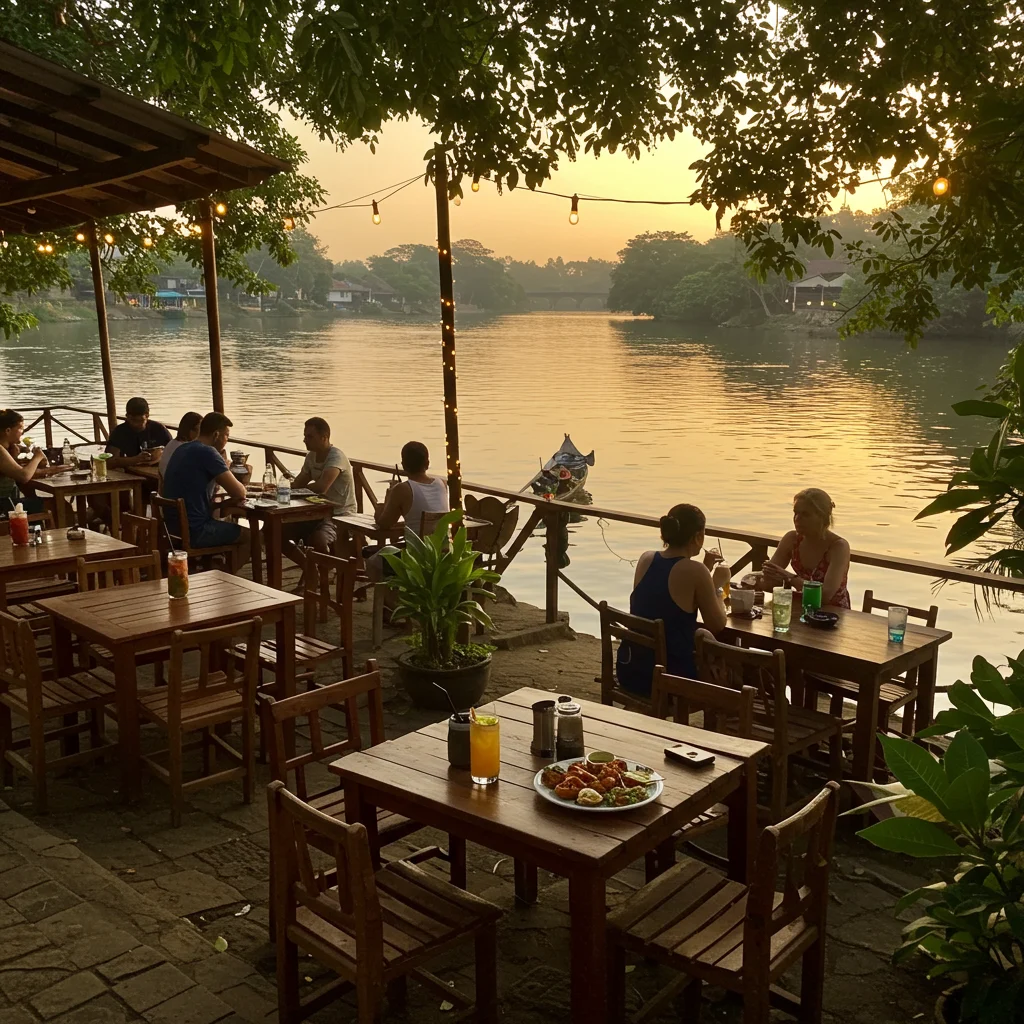
Best Local Restaurants
We recommend trying family-run eateries that serve fresh seafood, aromatic curries, and Sri Lankan specialties. Many restaurants overlook the river, offering beautiful sunset views with every meal.
Must-Try Sri Lankan Dishes
Don’t miss signature dishes such as rice and curry, hoppers, string hoppers, and spicy sambols. Freshly caught fish and prawns are often prepared with coconut and fragrant spices.
Vegetarian and Vegan Options
Vegetarians and vegans will find plenty of choices, including lentil dhal, coconut roti, and jackfruit curry. Most restaurants are happy to accommodate dietary preferences with advance notice.
How to Combine the Madu River Safari with Other Attractions
The Madu River Safari pairs perfectly with nearby attractions, allowing us to experience the best of southern Sri Lanka in a single trip.
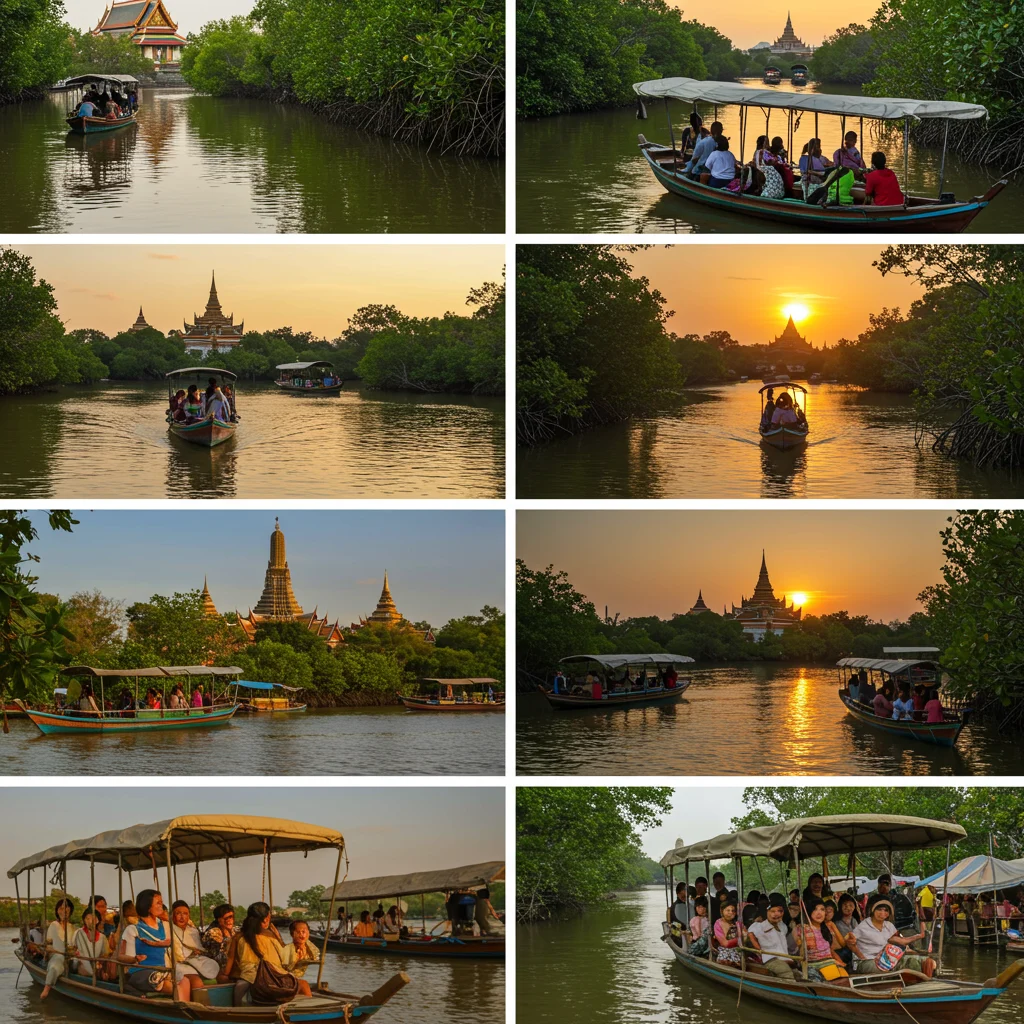
Nearby Beaches and Coastal Towns
After the safari, we can unwind on the golden sands of Bentota, Hikkaduwa, or Ambalangoda. These lively coastal towns offer water sports, beachside dining, and vibrant local markets.
Galle Fort: A Colonial Gem
Just a short drive away, Galle Fort stands as a testament to Sri Lanka’s colonial past. Its cobbled streets, historic ramparts, and boutique shops make it a must-visit for history enthusiasts and shoppers alike.
Turtle Hatcheries and Conservation Centers
Several turtle hatcheries operate along the coast, where we can learn about sea turtle conservation and, if lucky, watch hatchlings make their way to the ocean. These centers offer educational programs and hands-on experiences for all ages.
Frequently Asked Questions About the Madu River Boat Safari
Travelers often have questions before embarking on a Madu River Safari. Here, we address some of the most common inquiries to help plan a smooth and enjoyable trip.
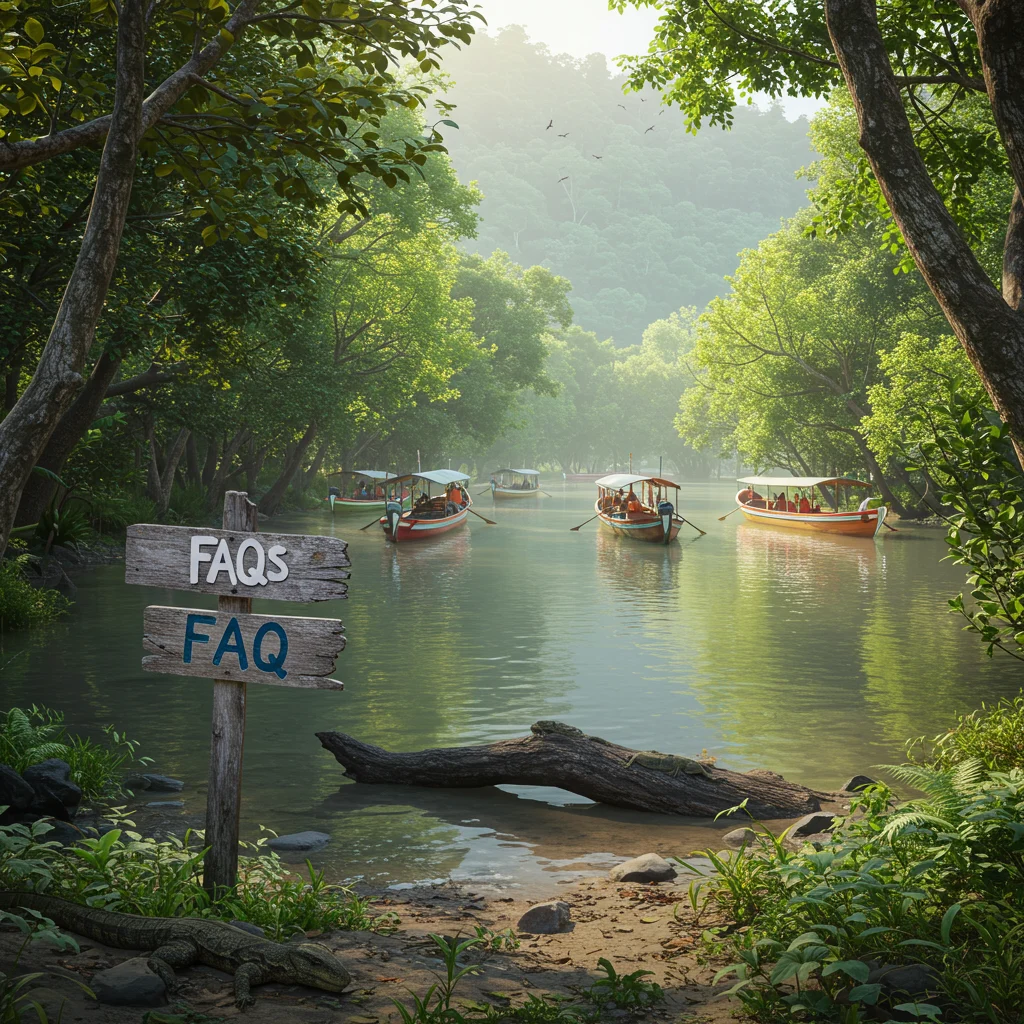
Is the Madu River Boat Safari Worth It?
Absolutely—the safari offers a rare opportunity to experience Sri Lanka’s natural beauty, rich culture, and warm hospitality in a single outing. It’s a highlight for nature lovers and curious travelers alike.
How Much Does a Madu River Safari Cost?
Prices vary depending on the duration, type of boat, and inclusions. Group tours are generally more affordable, while private safaris offer a more personalized experience. Always confirm what’s included before booking.
Can You Visit the Madu River Independently?
Independent visits are possible, but guided tours provide deeper insight, safety, and access to hidden gems. Local operators have the expertise to enhance the experience and ensure responsible tourism practices are followed.
Tips for Getting the Most Out of Your Visit
To maximize our enjoyment and minimize our impact, a few simple strategies can make all the difference during a Madu River Safari.
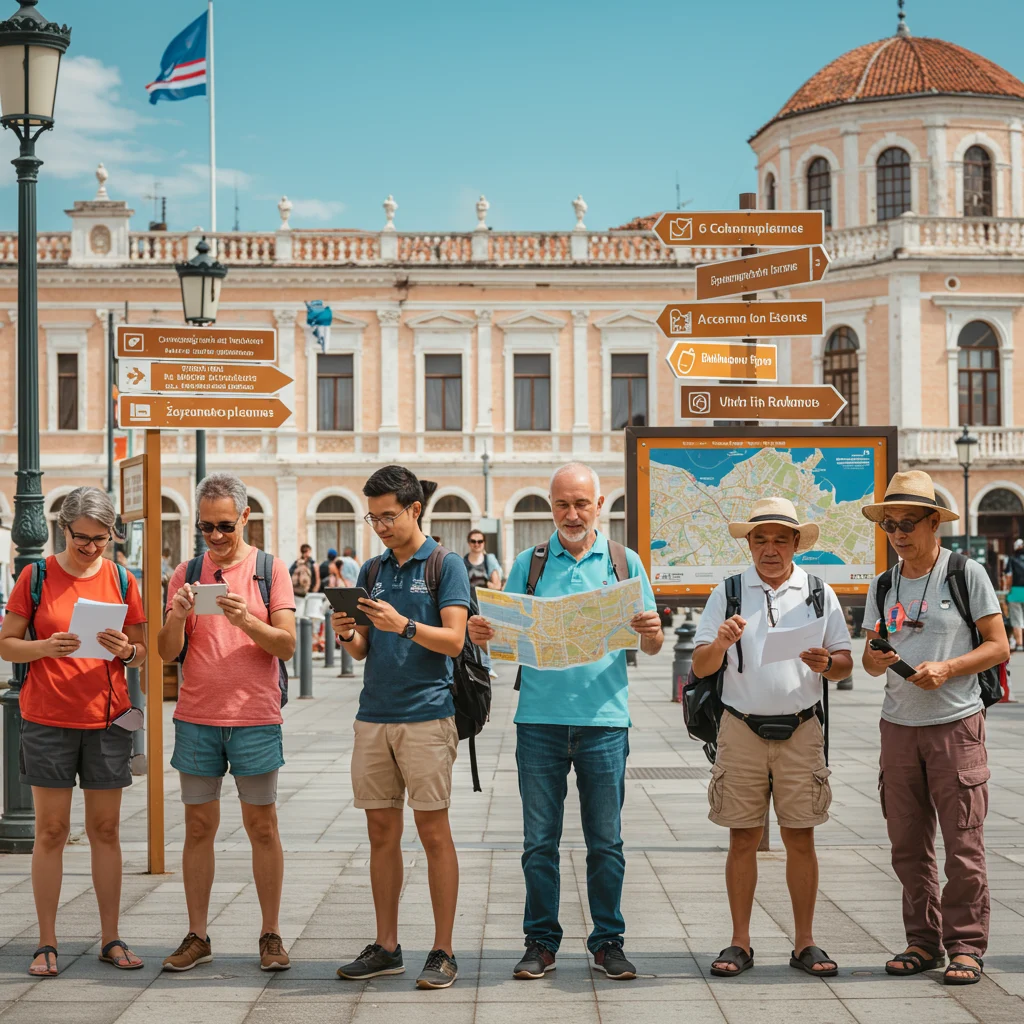
How to Avoid Tourist Traps
Researching operators and reading recent reviews helps us avoid overpriced or low-quality tours. Choosing locally owned businesses often leads to more authentic and rewarding experiences.
Making Your Experience More Authentic
Engage with guides, ask questions, and take time to appreciate the small details. Participating in cultural activities and supporting local artisans deepens our connection to the region.
Sustainable Travel Practices
Minimize waste, respect wildlife, and leave only footprints. By following sustainable practices, we contribute to the preservation of the Madu River for generations to come.
Stories and Experiences from Past Visitors
Personal stories from past travelers reveal the magic and meaning of the Madu River Boat Safari. These reflections inspire us to look beyond the surface and find our own moments of wonder.
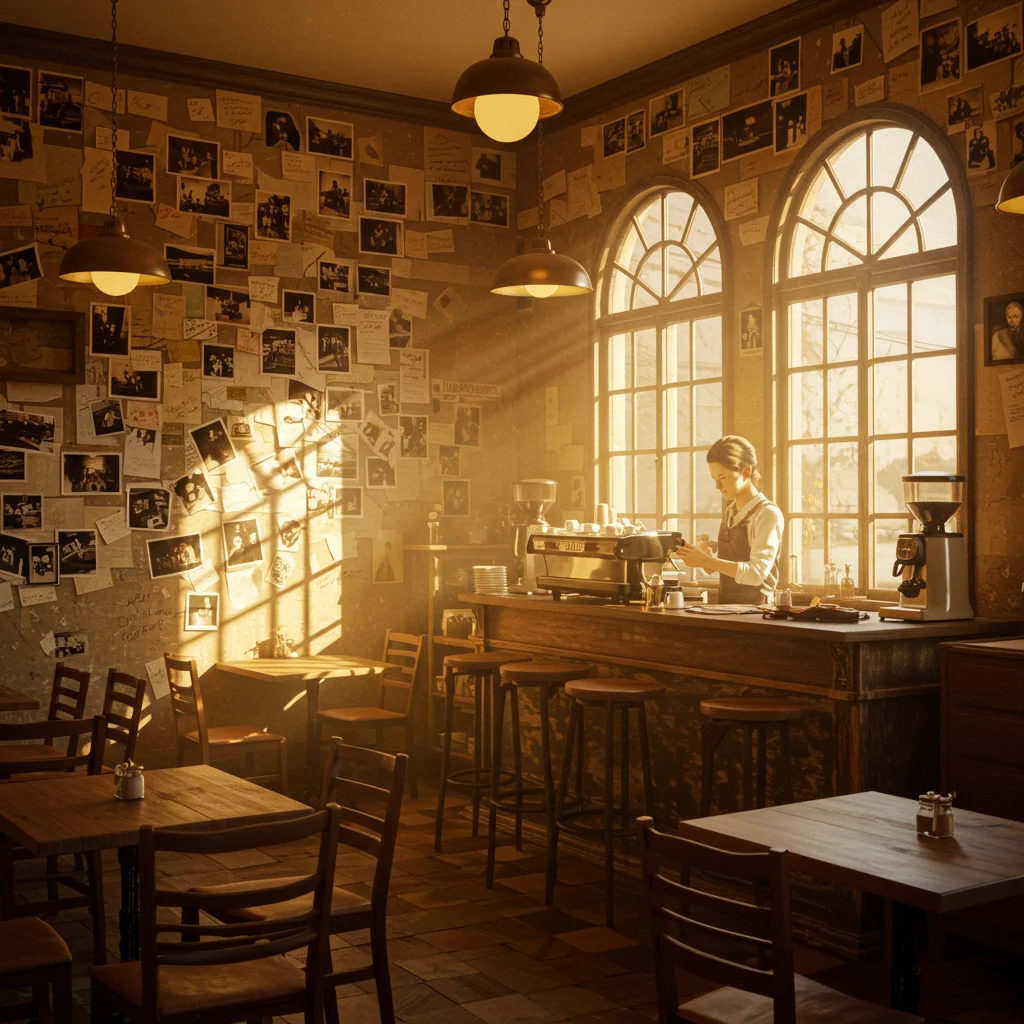
Traveler Testimonials
Many visitors describe the safari as a highlight of their Sri Lankan journey, praising the knowledgeable guides, peaceful atmosphere, and up-close encounters with wildlife and local culture.
Memorable Encounters on the Madu River
From spotting a rare kingfisher at dawn to sharing a laugh with a cinnamon farmer, the safari is filled with moments that linger long after we return home. Each experience is as unique as the river itself.
Capturing the Magic: Madu River in Photos
Photographers are drawn to the Madu River’s ever-changing light, vibrant wildlife, and picturesque landscapes. Every bend in the river offers a new perspective and a fresh opportunity for creativity.
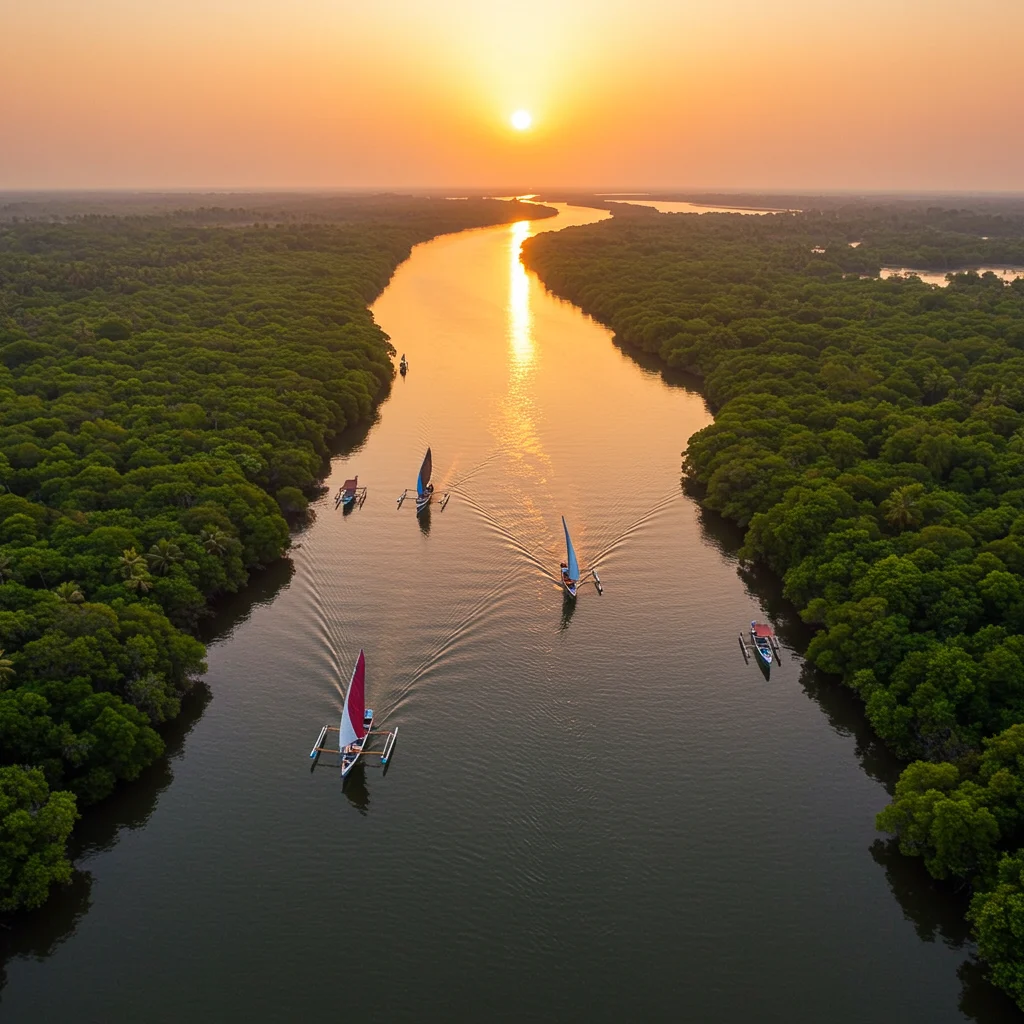
Best Photo Spots on the River
Popular photo spots include the mangrove tunnels, temple islands, and floating markets. Early morning and late afternoon provide the softest, most flattering light for landscape and wildlife shots.
Photography Etiquette with Wildlife and Locals
It’s important to respect both wildlife and local residents when taking photos. Always ask permission before photographing people, and avoid disturbing animals with loud noises or sudden movements.
Conclusion: Why the Madu River Boat Safari Belongs on Your Sri Lanka Itinerary
The Madu River Boat Safari is a rare opportunity to experience Sri Lanka’s natural splendor and cultural richness in harmony. With its lush wetlands, welcoming communities, and immersive activities, the river offers something special for every traveler. Whether you are a nature enthusiast, a photographer, or a seeker of authentic experiences, this journey will leave you with lasting memories and a deeper appreciation for the beauty of Sri Lanka.
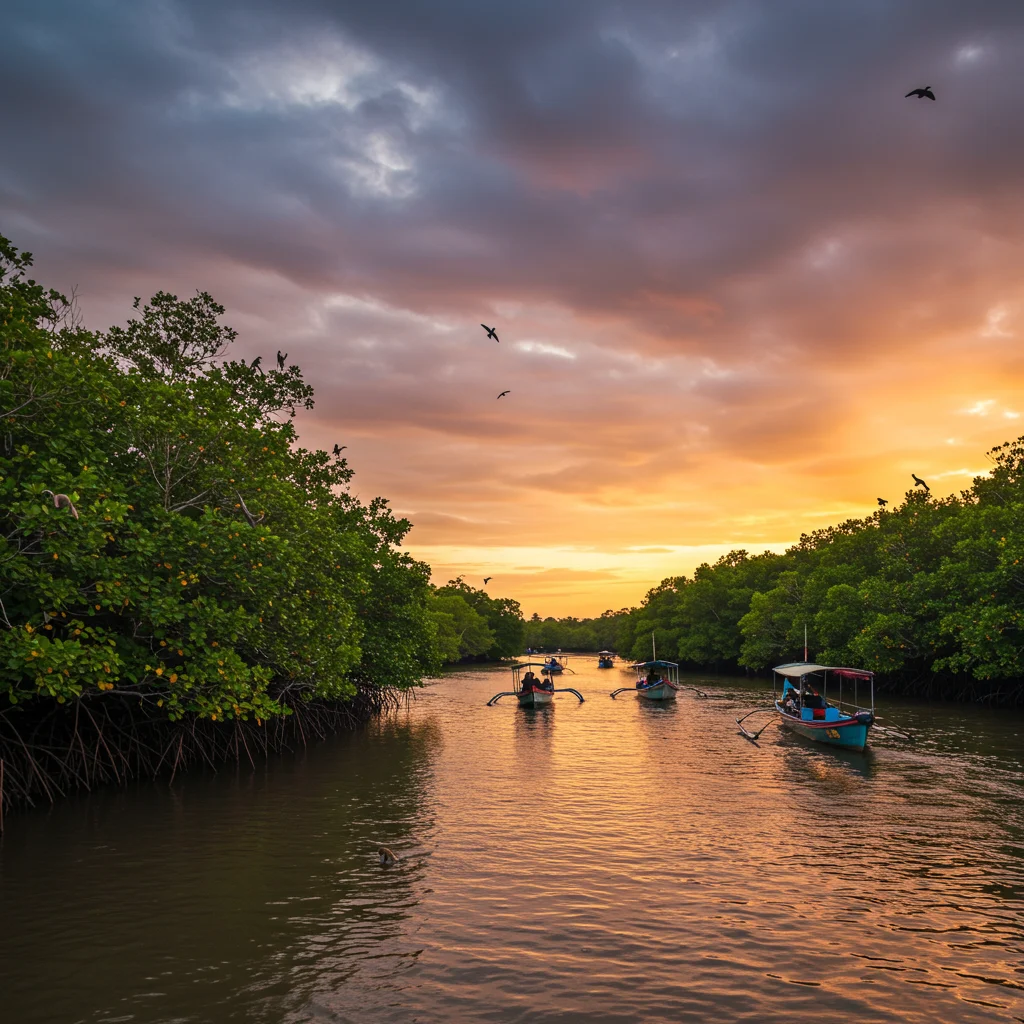
For those planning their ultimate adventure, we encourage you to visit Tourlik for more inspiration and resources to make your next trip unforgettable.

